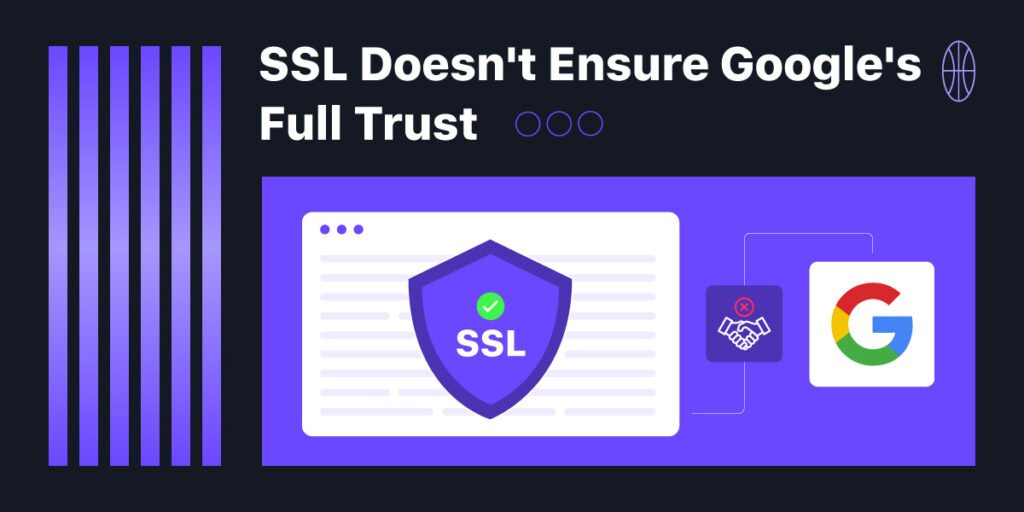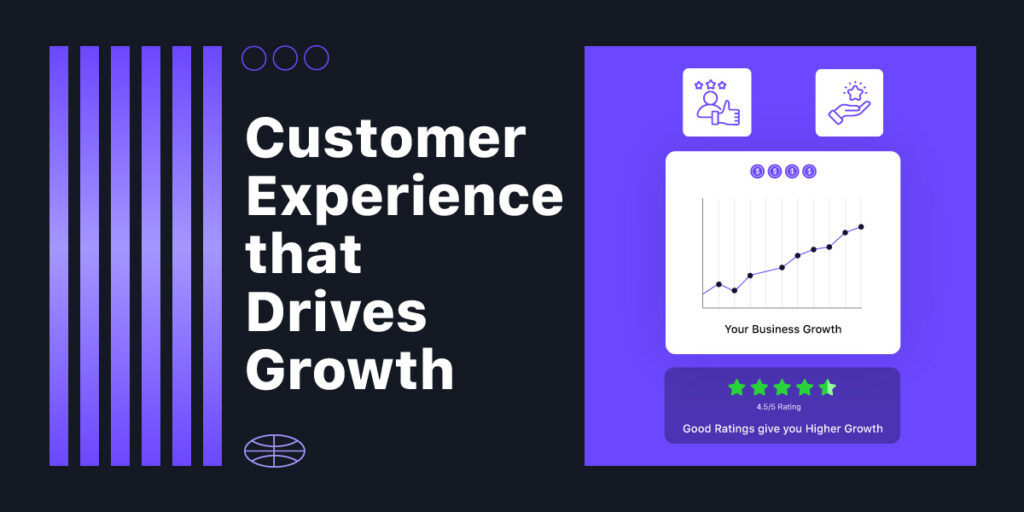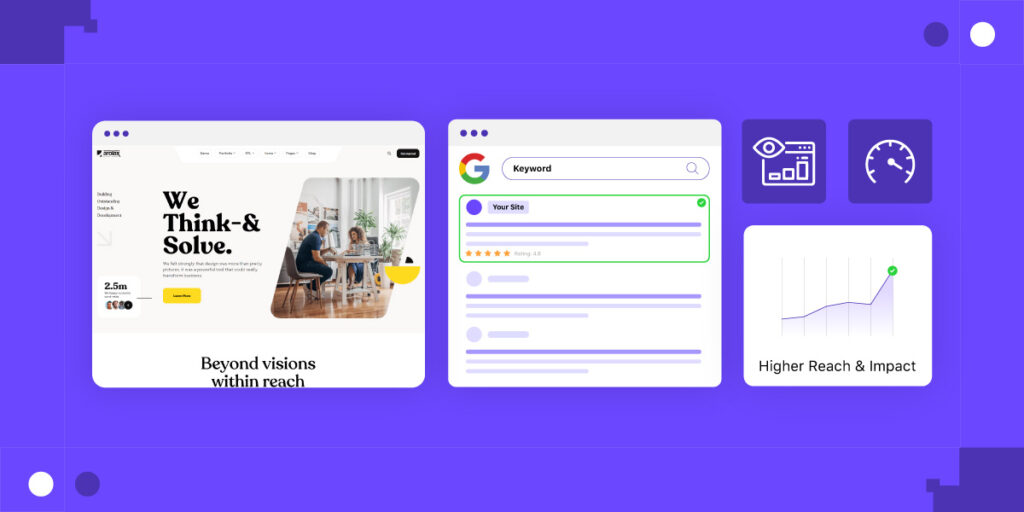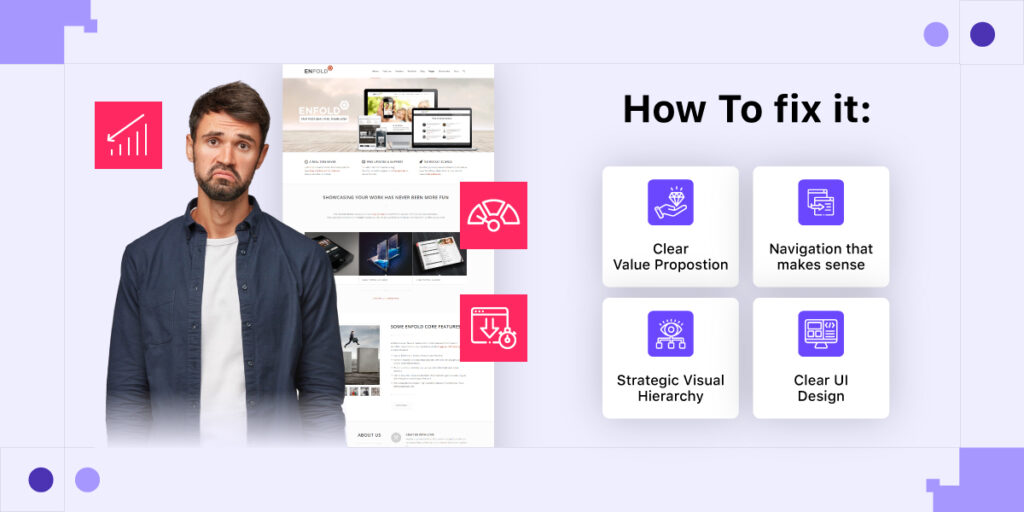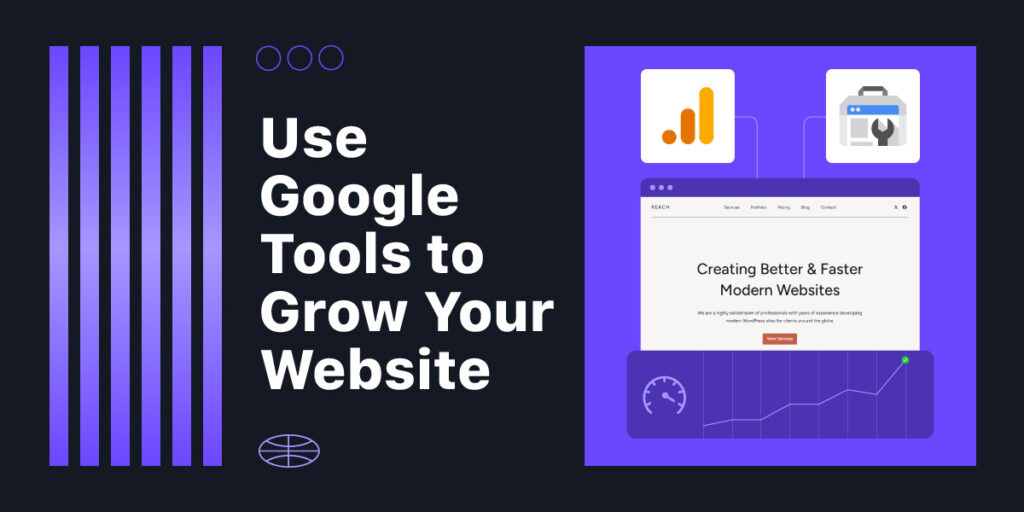There’s a common belief in the digital world that once a website has an SSL certificate, it’s “safe.” The small padlock icon next to the URL frequently feels like a medal of honor, indicating that the website is trustworthy, professional, and secure. But here’s the truth that too few business owners understand: SSL is simply a part of the overall picture. It encrypts data exchanged between a browser and the server, sure. However, it does not protect against a hacked website, malware, an outbreak, or a corrupted CMS.
SSL keeps data private during transmission. It doesn’t protect the files stored on your server, your admin access, your database, or even your users once they land on a compromised page. That means even with the padlock icon proudly displayed, your site could be hosting malicious scripts, redirecting visitors to scam pages, or leaking sensitive user information.
Why Business Owners Mistake SSL for Full Protection
Years of excessive marketing have contributed to these deadly misunderstandings. Website builders and hosts frequently promote SSL as the gold standard for website security. It’s inexpensive, simple to install, and provides a strong visual signal. As a result, many firms, particularly small ones, believe their job is complete once it is implemented.
But what about the vulnerabilities in your obsolete WordPress plugins? What about brute-force hacking attempts that occur quietly in the background? What about server-side risks that you aren’t even monitoring? SSL remains mute on all of these issues. Thinking it’s enough is like securing your mailbox but leaving the front door wide open.
When a “Secure” Site Becomes Dangerous
This is when things get difficult. A website can have a valid SSL certificate while yet posing a security concern. You could be unintentionally distributing malware to your visitors as Google secretly moves your website down the ranks.
Hackers do not need to compromise SSL; they exploit everything else. Their techniques include injecting malicious code into your contact form and exploiting vulnerabilities in third-party scripts, which completely circumvent the padlock. SSL offers no protection against malware injections hidden deep within your theme’s JavaScript. Visitors will not notice the difference until their antivirus detects your site or they are sent to a phishing page.
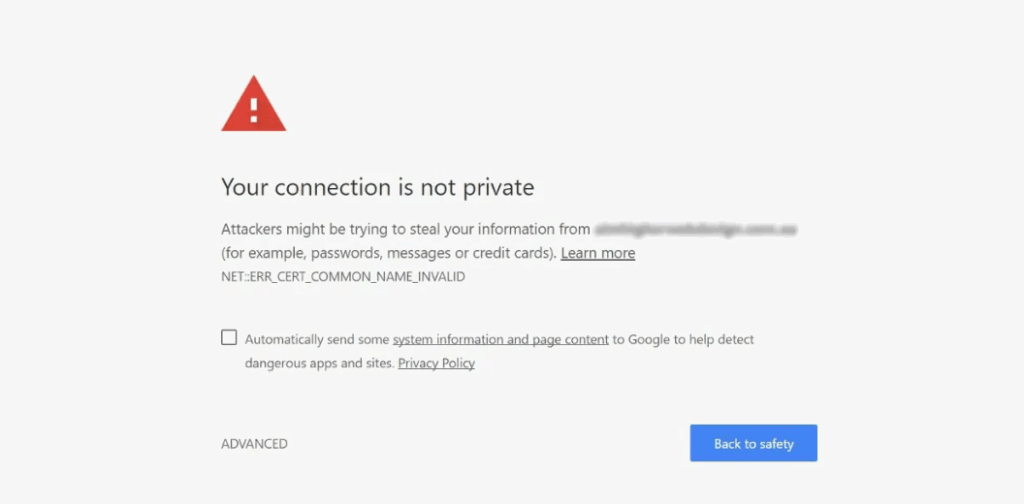
How Hackers Exploit Sites with Valid SSL
Consider a hacker breaking into your WordPress dashboard using a weak password. They set up a covert redirect that only works for mobile users. Anyone surfing on their phone is directed to a false banking website, whilst desktop visitors see your regular homepage. Your SSL certificate and padlock are still valid, but your website is a weapon.
This isn’t a hypothetical. It happens every day, and it devastates both SEO and user confidence. Google flags your site, blacklists your domain, and you lose ranks, traffic, and trust within days.
SEO Penalties Caused by Poor Security Hygiene
Search engines no longer see security as a nice-to-have; they treat it as a core part of a site’s overall quality. When your site becomes compromised, the penalties are swift and severe. Once blacklisted, recovering your domain’s reputation can take months.
Search crawlers detect strange scripts, irregular redirects, or malware fingerprints quickly. Even small issues, like excessive downtime caused by attacks, can result in lower rankings. Google also collects user interaction data. If visitors bounce quickly due to sketchy behavior or browser security warnings, your engagement metrics suffer, reinforcing the damage.
Negative UX equals negative SEO
It’s not just about bots and algorithms. Real users are more alert than ever to the warning indications of a risky or badly maintained website. Slow-loading homepages, pop-up alerts about “malicious activity,” and graphic glitches caused by injected code all have an immediate negative impact on confidence.
When visitors become uneasy, they leave. And as they go, your dwell time, session duration, and pages per visit decrease. These aren’t just UX flaws; they’re SEO indicators. The poorer your experience, the lower your visibility.
Trust Is More Than Encryption, It’s Perception
Trust cannot be built just through technology. Trust is an impulse. When a visitor arrives at your website, it forms in seconds. Do they feel safe? Is the website professionally designed, functional, and up to date? Or does it feel like a neglected corner of the internet?
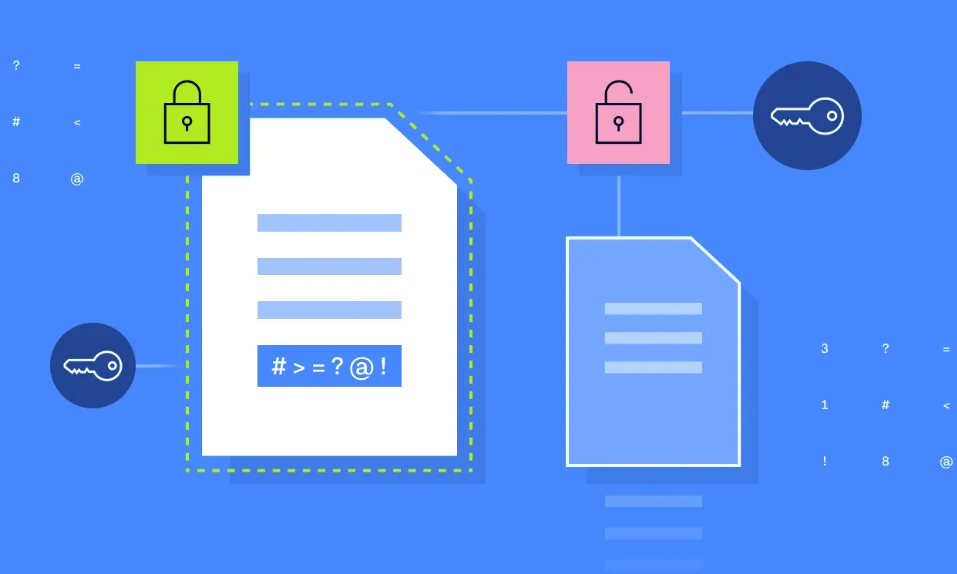
This perception is beyond the control of the lock. Your website’s design, functionality, speed, clarity, and transparency all matter. Visitors are getting increasingly discerning. They’ve learned to look past the obvious, noting errors, expired certifications, broken pages, and inconsistent branding.
Visitors search for evidence of protection.
HTTPS alone does not make for a secure-looking site. It should have the appearance of being well-kept. This includes simple navigation, up-to-date material, no visible errors, a responsive layout, quick page load times, and prominent security seals or privacy policies. These simple details convey a clear message: we value your safety and experience.
Trust is earned not only through technical safeguards but also by demonstrating to your audience that your site is active, maintained, and cared for.
Red Flags That Break Trust
Sometimes you sabotage your credibility without even realizing it. An expired SSL certificate is evident, but subtle symptoms such as old blog articles, obsolete copyright years, missing links, or a lack of mobile optimization all indicate the same thing: this site isn’t being maintained.
And once doubt sets in, it’s difficult to rebuild. Even if your content is excellent, trust-related design or security vulnerabilities will turn potential customers away.
Site Security as an SEO Strategy
You might be investing in SEO writing blog posts, optimizing images, and building backlinks, but if your security isn’t up to par, you’re building on sand. Google wants to send users to safe, stable, fast-loading websites. That means security and SEO are now inseparable.
If your site is secure, it stays online. It loads faster. It’s free from malicious code that bloats or breaks your layout. And it protects users from phishing or bad experiences. These benefits translate into better performance and, ultimately, higher rankings.
Clean Sites Rank Better
When Googlebot crawls your site, it doesn’t just look at your content; it looks at what’s running behind the scenes. Malicious scripts, excessive redirects, or spammy outbound links can all be signs of compromise. Even technical errors caused by poorly maintained themes or plugins can negatively impact indexing.
A clean, secure site is a stable foundation for growth. It tells Google you’re serious about quality.
Security-Driven Performance Boosts
Security tools like firewalls and malware scanners don’t just protect you—they help your site stay fast and functional. DDoS protection keeps your site online under pressure. Server-side security measures prevent downtime. And caching tools provided by secure hosts speed up delivery.
Search engines reward sites that offer fast, uninterrupted service. So in many ways, security is performance, and performance is SEO.
Tools and Tactics That Go Beyond SSL
If SSL is the entry-level standard, then what does real website security look like today? It’s a combination of automation, monitoring, and smart infrastructure. The best part? Much of it can run in the background, giving you peace of mind while actively protecting your reputation.
Daily Malware Scans and Security Monitoring
These tools detect intrusions, injections, or tampered files before they cause damage. The earlier you catch a threat, the easier it is to recover and avoid penalties. Without real-time monitoring, you’re always one step behind, and your users may be the ones to alert you, which is never ideal.
Web Application Firewalls (WAFs)
WAFs act as a filter between your website and incoming traffic. They analyze requests and block suspicious activity like brute-force login attempts or SQL injections. Unlike SSL, which secures data after it’s accepted, a WAF keeps bad actors from even touching your site.
Backups, Patching, and Access Control
There’s no such thing as a perfect defense. However, with secure backups, regular plugin and theme updates, and robust access controls, you can recover from attacks quickly and minimize the damage. SSL doesn’t help if you lose all your files or if an attacker gains admin access and changes your content.
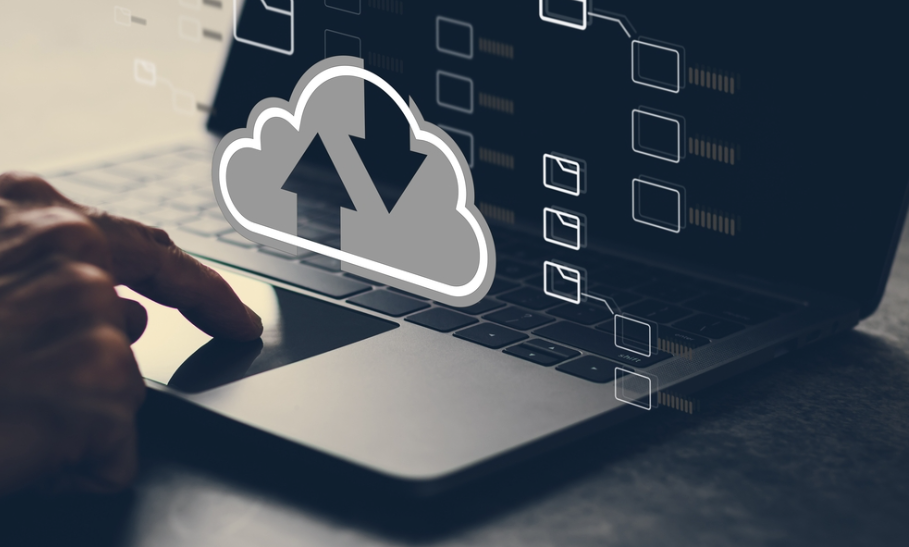
Hosting Providers Can Make or Break Your Security
Security isn’t just about what you install; it’s also about where you’re hosted. A cheap hosting provider might save you a few bucks, but it often leaves you exposed. Weak isolation, shared resources, and no automatic updates – it’s a disaster waiting to happen.
Cheap Hosting, Expensive Mistakes
If your server neighbor gets hacked and you’re on the same shared plan, guess what? Your site might be affected too. Without server-level firewalls or isolation, your site could suffer from someone else’s mistakes—and that means downtime, data leaks, or blacklisting.
Why Security-Focused Hosting Pays Off
The right hosting provider does more than give you disk space. It offers automated updates, daily backups, firewall protection, malware scans, and expert support. These features directly reduce risk and keep your site optimized, not just for users, but also for Google.
From Compliance to Confidence: Rethinking Website Security
It’s time to stop viewing SSL as a checkbox. Real website security is about protecting your users, your reputation, and your performance across search engines. It’s a living, ongoing process that goes hand in hand with growth.
Don’t Just Check a Box—Protect Your Brand
Visitors don’t remember your SSL, they remember how your website made them feel. Was it fast? Was it safe? Was it frustrating? Every one of those touchpoints is a brand experience. And if they associate your site with even one sketchy moment, you’ve likely lost them for good.
Security Is a Trust Signal that Search Engines Understand
Google doesn’t just want to serve accurate answers; it wants to serve safe answers. If your site shows signs of compromise, instability, or spammy behavior, it will fall behind competitors, no matter how good your content is.
Conclusion:
SSL is essential, but it is only the start of effective website security. Achieving true online safety necessitates a holistic approach, including ultimate integrity, continual awareness, and a strong dedication to user safety. A padlock emblem is important, but it does not provide a perfectly secure environment.
To properly rank, convert, and develop, a brand must go beyond simple encryption. Consider SSL as the foundation; establishing a successful online presence demands a fortress of security measures. Prioritizing holistic protection guarantees that your website is not only secure but also builds user trust and promotes long-term growth.
